Should you put olive oil in your coffee? I tried the trend and have the notes
Everyone says olive oil is healthy, but is adding it to coffee clever or a bit of a con?


Last year, Starbucks launched the Oliato, a Mediterranean-inspired olive oil coffee. It was the talk of the season, but where are they now? And is adding olive oil to your coffee good for you? Really?
Olive oil coffee is more of a talking point than any other coffee trending, including its inspiration, the bulletproof coffee. I'm a sucker for anything coffee, so I was keen to investigate the olive oil coffee. I tried it from Starbucks last summer, following the recommendations of the barista (I had an iced, blonde roast, with an extra half shot). The flavor was actually pretty nice, but the appearance wasn't particularly appetizing.
Ever since I've thrown the odd olive oil coffee into the mix, maybe once a week. Olive oil seems to be a bit of a health buzz word and I'm always up for a trend. This is one of the few that's stuck. I think you should try it too. Here's why.
Where did olive oil coffee start?

The Oleato started with folklore and family tradition. Some Mediterranean families start the day with a spoonful of olive oil. They swear by it for skin-boosting, energizing benefits. Howard Schultz, Starbucks’ former CEO, was inspired by his travels in Italy, where he claims he saw families adding olive oil to their coffee. It seems like a pretty niche practice – I asked lots of Italians and only a few had heard of putting olive oil in their coffee.
Why would you add olive oil to coffee?

Coffee is usually a little bitter and acidic – hence the various milks, creamers, and syrups on the market. Petar Dzaja, CEO of Olive Knowledge, recommends swapping your milk for olive oil. He says ‘Adding olive oil in coffee provides the additional fats of milk and cream, but, even better with added polyphenols (antioxidants).’
I asked Krutika Nanavati, Registered Dietitian and Nutritionist, to get into the details of why olive oil and coffee are a good duo. She said that ‘olive oil contains healthy fats, MUFAS, mono-unsaturated fatty acids, which offer a number of health effects.’
She told me that ‘Studies have shown that adding these to a balanced diet can help lower cholesterol levels, protect against heart disease, reduce inflammation, and even aid in weight loss.’ She also added that ‘Olive oil is rich in antioxidants, which can help protect against cell damage.' In other words, it’s the secret to better skin.
Design expertise in your inbox – from inspiring decorating ideas and beautiful celebrity homes to practical gardening advice and shopping round-ups.
What does our barista think?

I was hesitant to try the Oleato and was very ready not to like it. I asked the barista for his recommendation, so he served me the Iced Shaken Espresso Oleato. Given that olive oil is supposed to replace milk in Oleatos, I was surprised that Starbucks added milk too. As I waited in line, I counted another four orders of Oleatos. That’s one Oleato for every other three coffees – it’s a little faddish, but there’s clearly an appetite.
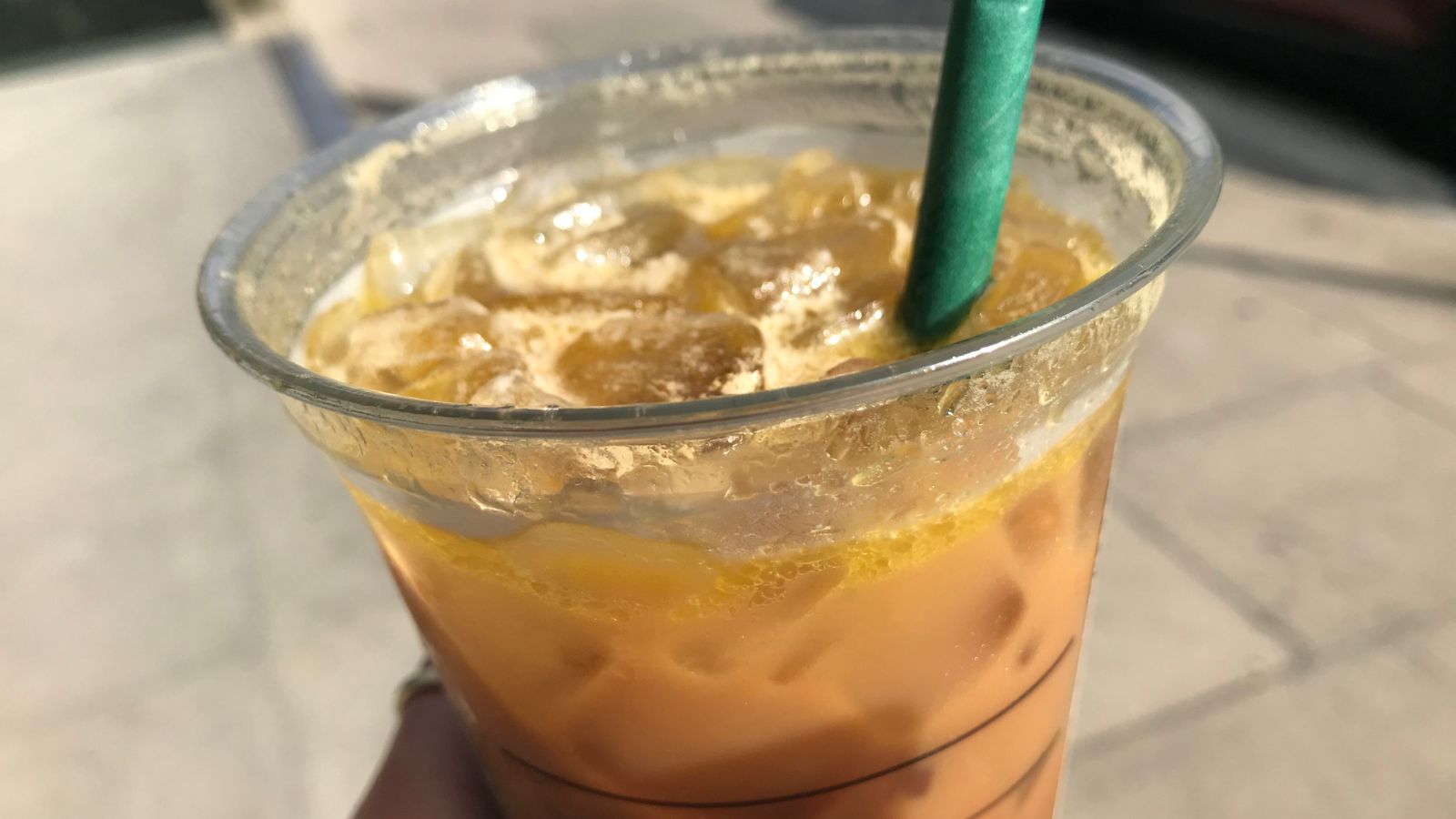
To be fair, my first sip was genuinely delicious. I could taste the earthy and savory undertones of olive oil, which made my coffee taste almost fruity. It’s drinkable. The oil gave a really smooth, velvety texture, which I was impressed with.
However, as I was walking to work, I noticed my coffee bubbling away in a very oily manner. When I looked at the side profile of my coffee, I could see an oil layer. I gave it a stir, but I couldn’t get the oil to blend back in with the coffee. When I wrote up my first review of olive oil coffee, I did it with half of the cup sat beside me. I wrote 'I can see a gross, thick, oily layer over my coffee. I don’t feel more energized, nor do I feel fuller. If anything, that oily layer is making me feel queasy.' Stick with me though, because the Laura one year later learned how to avoid that problem.
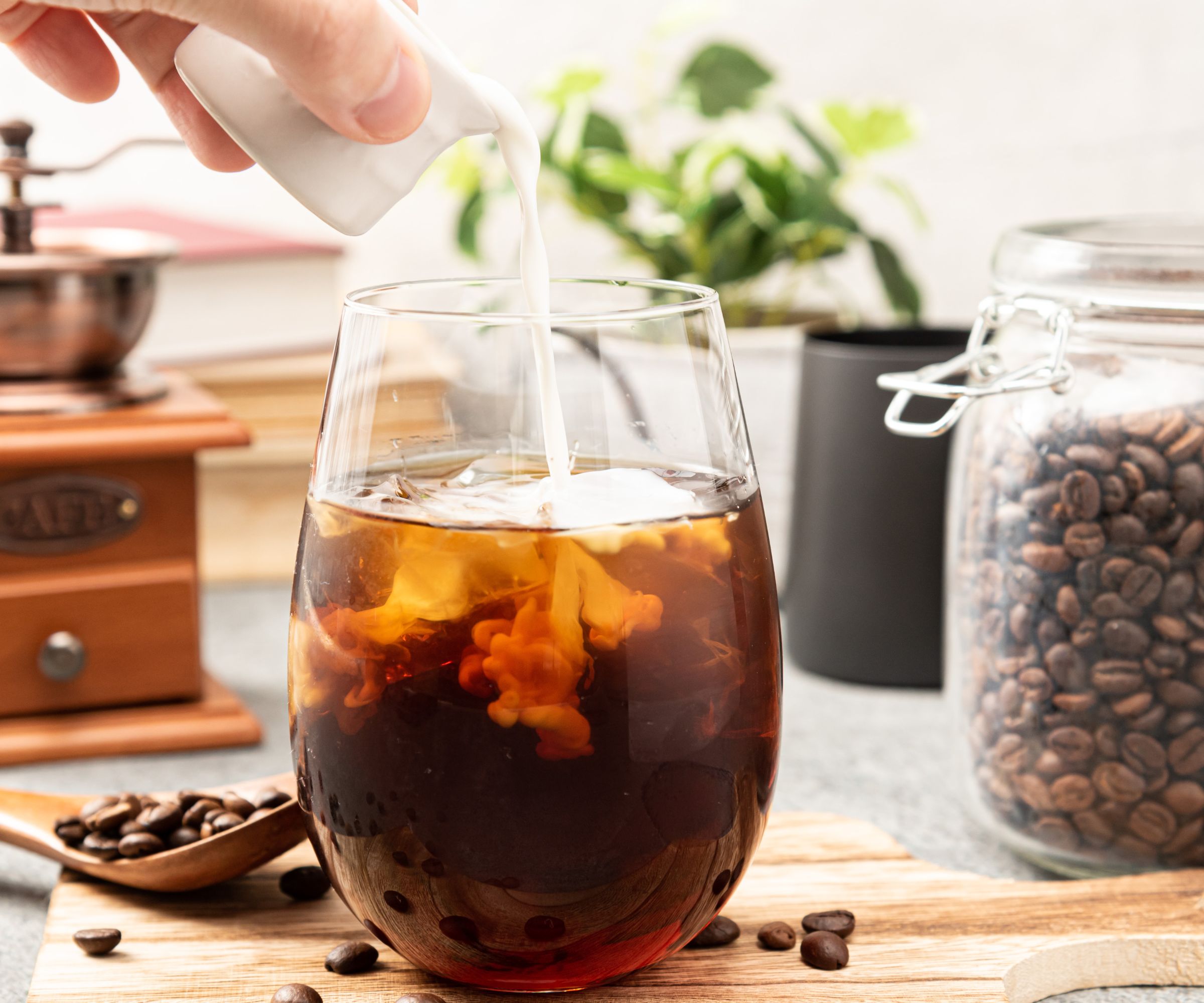
After one year of making olive oil coffees, I've worked out how to make it as appealing as a cold brew. The trick is to keep them in a portable blender (I use the Nutribullet GO Portable blender, which you can buy from Amazon). That way, when you want to take a sip, you can set it running, reintegrating all of the oil back into your drink. It took me a while to find this trick, but it works.
I also spoke with Hash Parvez, the Field Coffee Trainer for Blank Street. He recommends 'Achieving that highly-desirable silky smooth texture and richness of flavor though a cold brew shot' instead of olive oil coffee. He told me that cold brew 'packs incredible texture and flavor without the bitterness that can sometimes come with a traditional espresso shot or from the aftertaste of olive oil.'
What do nutritionists think?

The experts are skeptical. A few touted the health benefits of coffee and olive oil, echoing the healthy fats and good antioxidants. However, most echo nutritionist and trainer, Mary Sabat’s sentiments. She told me ‘I personally would rather people eat their healthy fats and avoid processed oils, so my clients are not being advised to do this practice'.
Many nutritionists raised concerns that people were drinking oil in the mornings instead of having a wholesome breakfast. They suggested that a balanced breakfast would help people to stay fuller and maintain energy levels, which is exactly why people are drinking Oleatos. They promised that a wholesome breakfast would be more satisfying, more helpful for your gut’s microbiome, and would help portion control.
It’s also important to note that olive oil increases the calorie content of the beverage. The Oleato I had was 310 calories, which is more than double the same drink when it doesn’t have olive oil in it. Although olive oil is generally considered to be a healthy fat, it’s advisable to research and consult with a healthcare professional if you have specific dietary concerns.
How can I make olive oil coffee?

Experts emphasize the importance of consistent quality over the whole process: you need quality coffee beans, freshly ground and brewed, and quality extra-virgin olive oil. We would recommend using coffee from an espresso maker or coffee maker, since these coffees will be exceptional quality and full of aromas. That way, you’ll have the Starbucks experience, Italian-barista style. We would recommend these two in particular:

The Breville Bambino is one of our favorite espresso machines. These can be big, bulky, and expensive appliances, but, for $350, this is brilliant value. You can make coffee like a barista and steam milk to suit your tastes. Best of all, it warms up in three minutes.
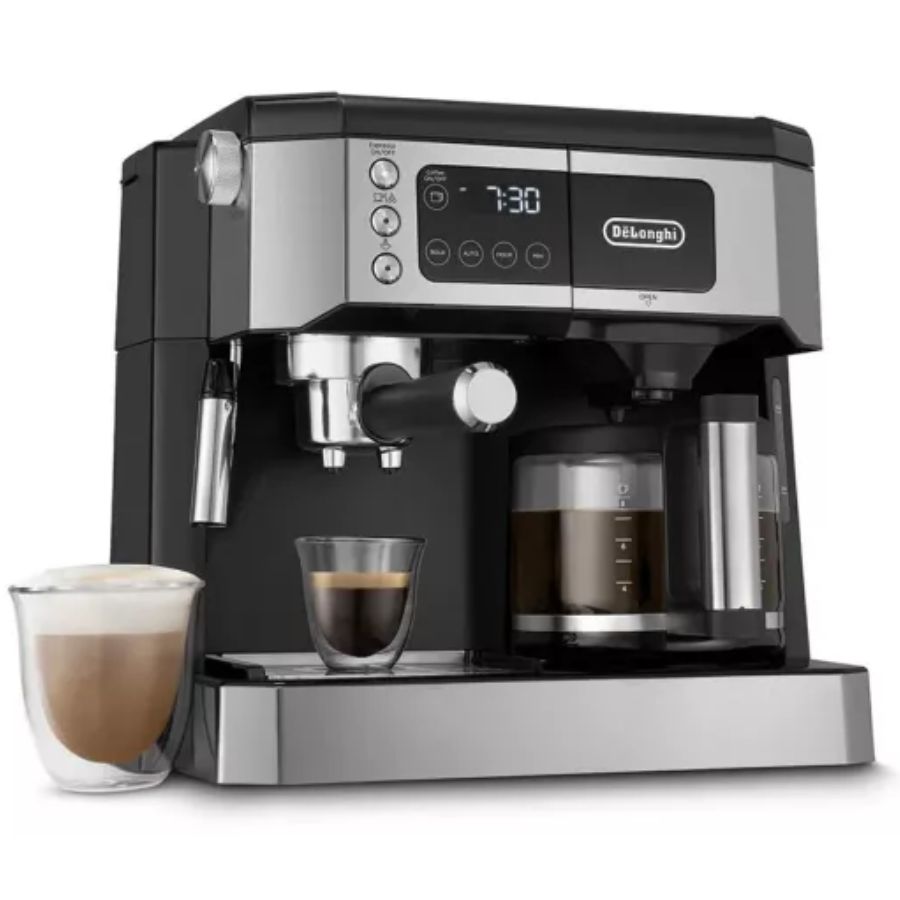
The De’Longhi All-In-One espresso machine is exceptional value. For $300, you have a coffee maker that can do it all: drip coffee, espresso coffee, and milk frothing. The coffee tastes like top-quality and it doesn't take long to make. You can't really go wrong.
If you don’t have these machines, a French press will make the most acidic coffee. This will benefit from a touch of olive oil, so makes for a good coffee.
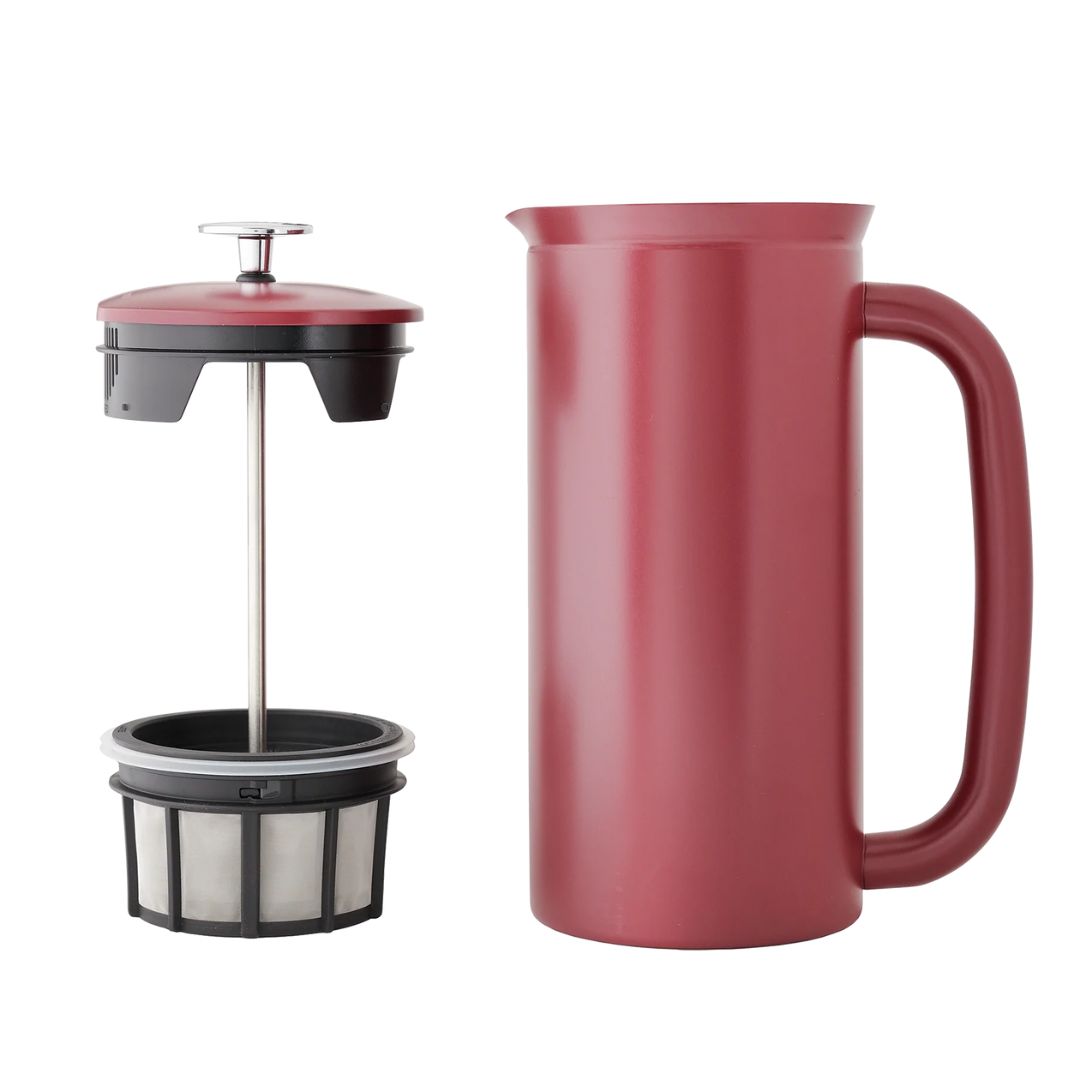
Although this is an expensive French press, it's worth every penny. It's ultra-insulated, has a tight rubber seal, and a two-stage filter. The resulting coffee is smooth and delicious. It's the best French press you can buy.
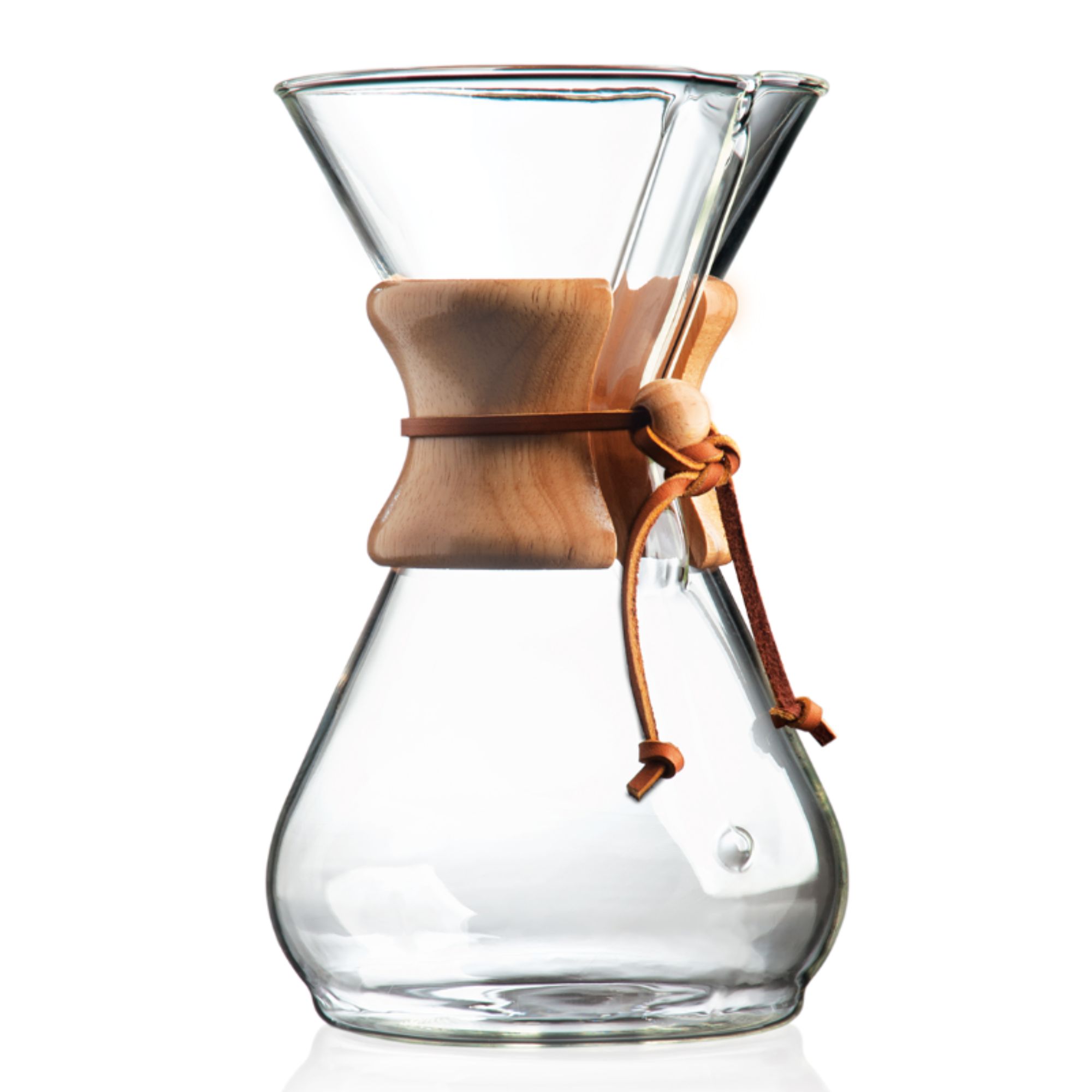
The Chemex coffee maker takes old-school coffee and revives it. This is one of the most popular pour-over coffee makers on the market and we get why. It's worth noting that you'll need to buy special filters before you use it.
Once you’ve made your black coffee, add a teaspoon of extra virgin olive oil. Petar Dzaja, CEO of Olive Knowledge told me that ‘the best way to add olive oil to coffee is with a blender. That way, all the ingredients will mix completely.’
A few Starbucks Oleatos, made in haste, left drinkers complaining of an oily film coating the inside of their mouths. Start with a teaspoon, building up to as much as two teaspoons of olive oil per 8 oz cup of coffee. Stop when you like the taste. This works for both hot and cold coffee in the same way.
We have a couple of recommendations for blenders which we think would be up to the job.

With five presets and self-heating capabilities, this blender is more than equipped for any kitchen task, including Oleatos. It can run at ten different speeds and will become a staple in your kitchen.
Pros
- Unrivaled power
- Works on all sorts of recipes
- Recipe book included
- Makes great soups
- Tamper included
- Large capacity
- Smart display
Cons
- Blades heat up after prolonged use
- Better on large quantities
- Very noisy
- Not dishwasher-safe
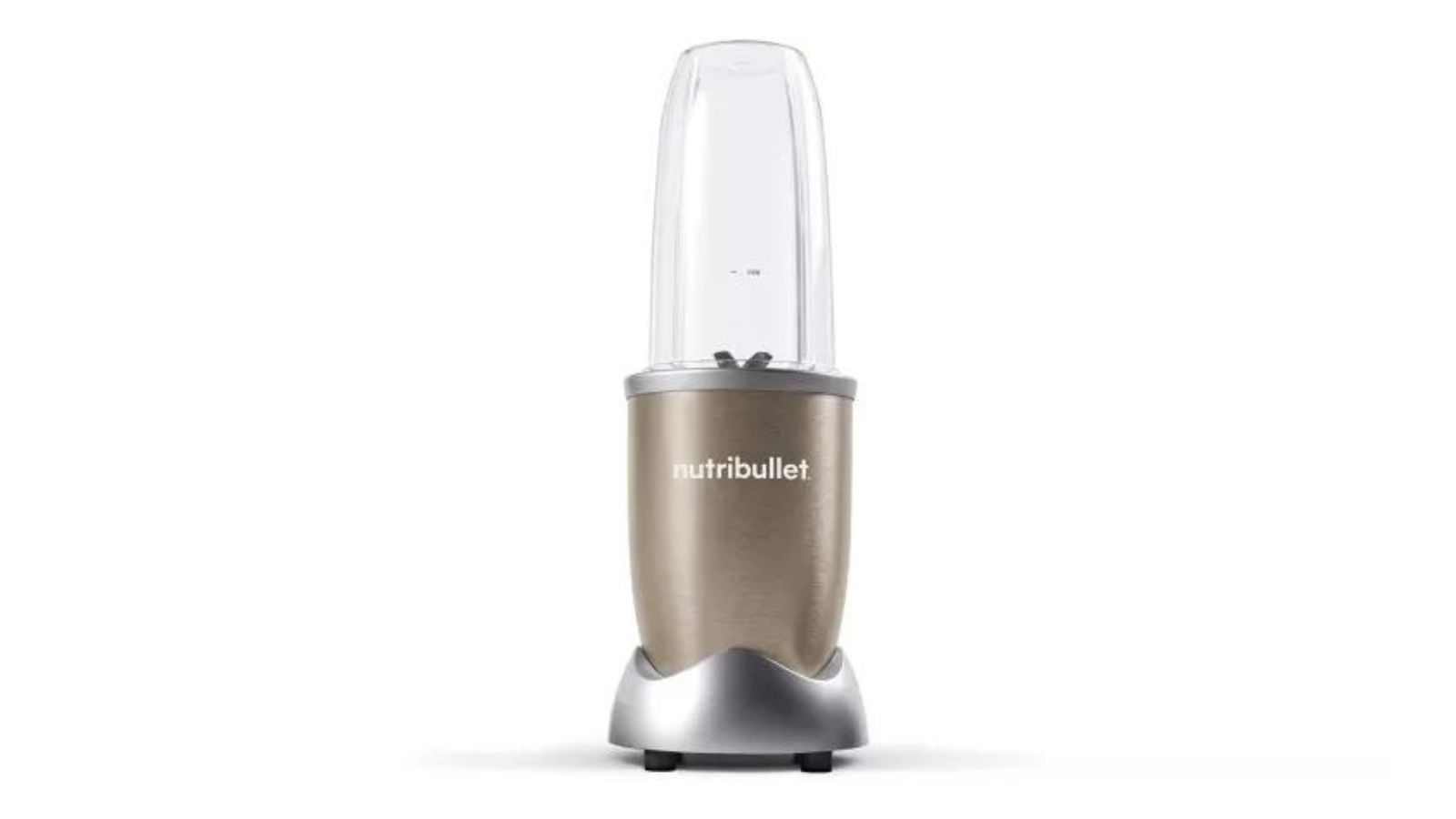
Nutribullet makes compact, effective, perfect drinks every single time. The blender comes with a removable handle and sealable lid, so you can take your coffee with you if you're in a hurry.
Pros
- Made very smooth drinks
- Can power through tough ingredients easily
- The controls are straightforward
- It won't take up too much space
- Attachments for taking your drink on the go
- Reasonably priced
Cons
- Limited size
- Blades can't go in the dishwasher
FAQs
Is it good to put olive oil in your coffee?
Whilst olive oil has some health benefits (it includes lots of healthy fats and antioxidants) you are much better off using olive oil with your food, rather than in your coffee. Depending on the person, it might be good for you, but check with a medical expert first.
Do Italians put olive oil in their coffee?
I reached out to a host of Italians, none of whom add, or know anyone who adds, olive oil to their coffee. There are some anecdotal instances, but it’s not an established tradition. There are plenty of Mediterranean families who have a spoonful of olive oil in the morning, just not with their coffee.
What does olive oil coffee taste like?
My first few sips were really good. The coffee tasted really velvety and the olive oil bought out some savory, earthy flavors in a way that I hadn’t experienced before. However, within a minute, my oil had separated from the coffee, so every sip was like taking a glug of oil. I didn’t need any moisturizer, because my lips had an oily film on them. Sorry for the graphic.
Are there alternatives to olive oil in coffee?
If you like the concept, but not the oil, you might want to try bulletproof coffee: it’s creamy, filling, and energizing. However, nutritionists had lots to recommend instead of olive oil. Mary Sabat, a professional nutritionist recommended experimenting with other oils, such as coconut oil, ghee, or MCT oil. Coconut oil is rich in medium-chain triglycerides (MCTs) that can help boost your energy and metabolism, while avocado oil contains healthy fats and a variety of vitamins and minerals. Test different types of oils to find out which one works best for you.
If none of those appeals, almond oil, macadamia oil, and hazelnut oil can add alternative flavors, nutty aromas, and different healthy fats to your coffee. I’ve accidentally added almond oil before - a long story - and my first gulp was lovely. It wasn’t well mixed as I was lacking a blender, but I should have tried it again before Starbucks got there.
Our Verdict

The Oleato is an easy trend to jump on. Whilst it might provide a breakfast boost, I’m not convinced. My morning shaken espresso is in no danger of having some olive oil poured into it. Make really good quality coffee; buy good beans; and have a good breakfast, and you’ll feel the same benefits as the Oleato, without the unappealing oil layer.

Laura is our eCommerce editor. As a fully qualified barista, she's our expert in all things coffee and has tested over thirty of the best coffee makers on the market. She has also interviewed Q-Graders and world-leading experts in the coffee industry, so has an intimate knowledge of all things coffee. Before joining Homes & Gardens, she studied English at Oxford University. Whilst studying, she trained as a master perfumer and worked in the luxury fragrance industry for five years. Her collection of home fragrance is extensive and she's met and interviewed five of the world's finest perfumers (also known as 'noses'). As a result of this expansive fragrance knowledge, she always puts quality and style over quantity and fads. Laura looks for products which have been designed simply and with thoughtful finishes.